Quynh Tran JP makes fans worry because "every day eats like a buffet", Khoa Pug Youtube channel has a big change
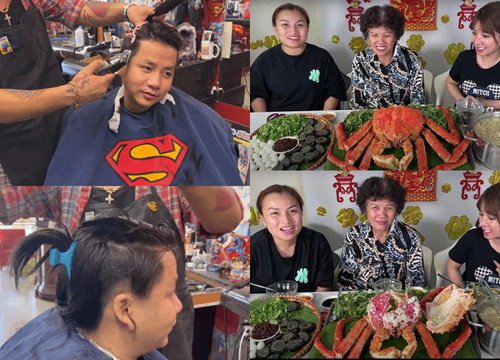
3 | 0 Discuss | Share
Khoa Pug suddenly reappeared after 2 months of announcing his retirement with a video with relatively different content. In it, he announced that he would spend an amount equivalent to 2 billion VND to do a leg lengthening surgery. This YouTuber hopes that medical advances will help him increase his height from 1m67 to 1m8 despite turning 30 years old.
Specifically, after making a comeback on YouTube, Khoa Pug decided to carefully review the process of pulling his legs to increase his height from 1m67 to 1m80 - 1m82. Khoa asserts that he is not self-deprecating because of his height, but just wants to review strange things for everyone to see.
Talking about the process of pulling legs, the YouTuber said that he chose a private hospital, only for people with money. Therefore, the cost is extremely expensive, up to 4,500 USD / night (nearly 105 million VND). In addition, because there are no relatives to take care of, Khoa Pug hires 4-5 more nurses to support, causing the cost to increase to more than 140 million / night.
In the clip, Khoa Pug confirmed that he had completed the surgery, but the YouTuber has not yet revealed his current height or the condition of his hind legs after being pulled. This makes people half curious, half trusting and doubtful about Khoa Pug's share. In addition, many people also expect to see the change of hot YouTuber.
Before that, Khoa Pug visited the clinic of Dr. Kevin Debiparshad, an expert in the field of orthopedic surgery, especially leg lengthening surgeries in the US. As in the video posted by Khoa Pug, it can be seen that Dr. Debiparshad advised Khoa on a method of leg lengthening using titanium "nail" implanted in the femur.
It is known that before the surgery, he was consulted and examined by Dr. Debiparshad to make sure he was physically and psychologically suitable for the leg lengthening surgery. The faculty also signed a number of papers committing and agreeing to the possible risks from the surgery.
At the LimbplastX Institute where the Pug Department registers for surgery, he will be able to use the Nuvasive PRECICE intramedullary traction system, which has been approved by the US Food and Drug Administration (FDA) since 2011. It is essentially a telescopic titanium metal rod, with a magnetic motor inside.
Specifically, how will Khoa Pug's surgery be performed?
First, limb lengthening using an intramedullary nail is different from the surgeries being performed in Vietnam, in which the traction device used is an external splint. The method in the US was developed later and is more modern. It limits some infectious complications related to the screw piercing from the outside, through the skin and then into the bone.
Patients use intramedullary traction nails after surgery so they can bathe normally. This is what you have seen Dr. Debiparshad and Khoa Pug explain. But there are still more specific details that aren't on the video:
According to a clinical study on the PRECICE intramedullary transplant system published in 2016 and archived in the US National Library of Medicine (Pubmed), after the patient is on the operating bed, doctors will administer an external anesthetic. dura mater of the patient's lower body. Or they may also choose to have full anesthesia if the patient does not want to be awake during the surgery. Either way, they won't feel pain.
After that, the patient is placed in the supine position, for the case of femoral lengthening such as Khoa Pug. Doctors will drill into the ends of his femur to implant the first 2 screws to maintain rotation control.
Next is the horizontal bone cutting movement, which is carried out using the multi-drill technique. In it, doctors will drill many holes through the bone and use a bone cutter (chisel) after each of those holes to cut off the part of the bone they want to lengthen.
Step one is done. The second step is to insert the scissors into the bone. Your doctor may choose one of two paths.
The first way, they will make a small incision in the hip, then insert the drill to drill through the top layer of the femur:
Because bone is actually only hard on the outside, and the inner marrow is relatively soft. Therefore, with just one orthopedic drill, the doctor can create a tube in the bone marrow just enough to insert the scissor nail.
Then, they fixed the position of the two ends of the scissors with 2 more screws. From the outside, you will only see a total of 6 small incisions on the skin in all. They will be sutured and the surgery will end here.
With the second route, the same movements are repeated, only instead of inserting the scissors into the femur from above, the doctors will insert them from below, drilling from the position of the knee.
For the tibia (shinbone), the device is almost always inserted from the tip of the tibia closest to the knee. The illustration below shows how scissors are inserted, skin incisions are made, and where the tibia and fibula can be cut for lengthening.
For the shoulder blade (upper arm bone), the device will be inserted through the top of the sternum closest to the shoulder (from the shoulder toward the elbow).
Although it is a major surgery, with the simplicity of the method, patients with limb lengthening can wake up and get out of bed within 12-24 hours. They can start physical therapy exercises with heavy weight the very next day.
If you don't want to stay in the hospital for a long time, you can leave the hospital in 2-3 days, after the doctors take X-rays and re-examine the incisions for them. The magic part of the operation then took place in the patient's home, where they were given a machine to lengthen their own legs every day.
Of course, the risk is something that patients always face in a major surgery like this. Common mild problems include pain and trouble sleeping, muscle spasms when muscles can't keep up with the length of the bone, and slow bone healing.
A larger but rare risk is compartment syndrome, in which pressure from edematous soft tissue in the closed space of the leg after surgery can lead to ischemia to the leg, but doctors completely can control it.
The biggest but very rare risk with well-performed limb lengthening surgeries is osteomyelitis or bone infection. In the case of a bone infection, doctors need to closely monitor the patient, treat them with antibiotics or, if necessary, perform an additional surgery to resolve the situation.
However, limb lengthening surgery is considered safe and effective, not to the point of having to "take a risk" as the video title of the Pug Faculty. The way he's titled it can be misleading and unnecessarily intimidating for anyone who's contemplating a surgery like this.
Khoa Pug was accused of buying a special plane with Vuong Pham, still not spared, continue to review the billion-dollar aircraft carrier?  Hoàng Phúc20:21:53 26/03/2022It seems like Khoa Pug doesn't care much about the rumors of the netizens, yes, if I like it, I will do it. Even after taking a break from playing and absolutely not mentioning the other person on social networks, both Khoa Pug and Vuong Pham in one way or another still make...
Hoàng Phúc20:21:53 26/03/2022It seems like Khoa Pug doesn't care much about the rumors of the netizens, yes, if I like it, I will do it. Even after taking a break from playing and absolutely not mentioning the other person on social networks, both Khoa Pug and Vuong Pham in one way or another still make...

3 | 0 Discuss | Share

5 | 0 Discuss | Share

5 | 0 Discuss | Share
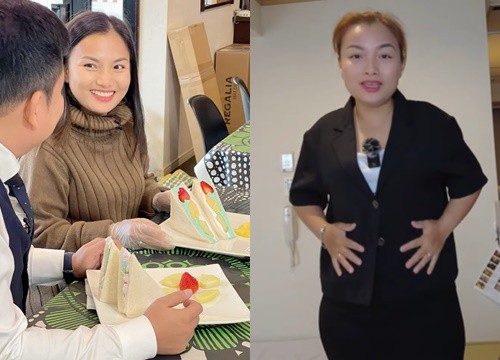
2 | 0 Discuss | Share

1 | 0 Discuss | Share
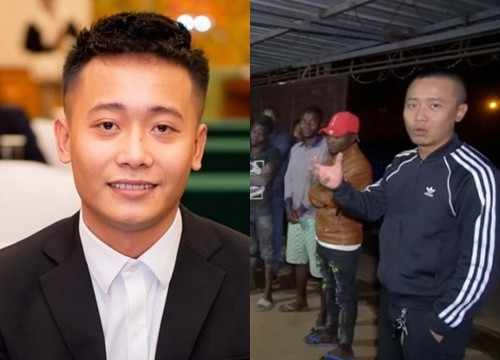
5 | 0 Discuss | Share
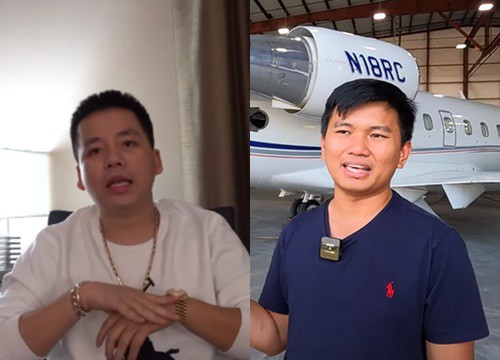
5 | 0 Discuss | Share
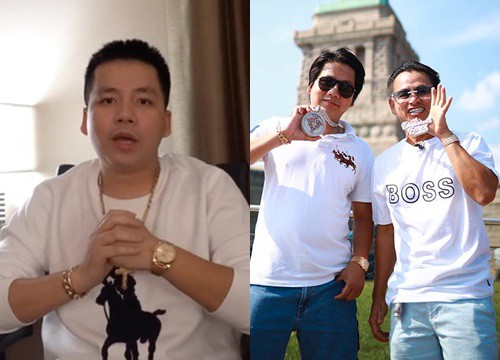
3 | 0 Discuss | Share
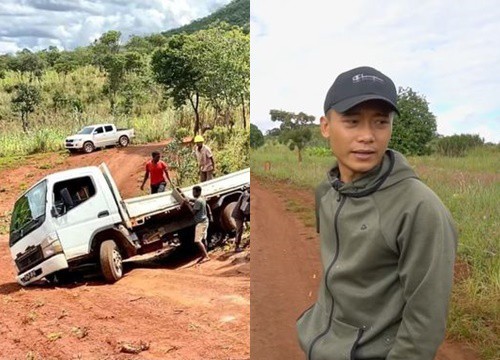
1 | 0 Discuss | Share

4 | 0 Discuss | Share
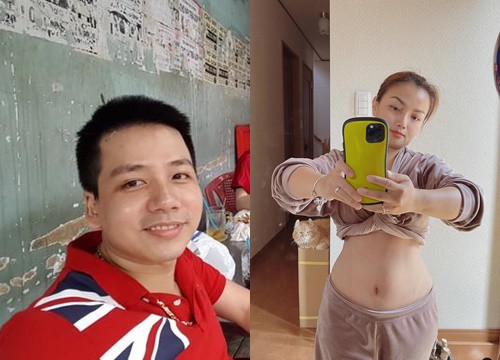
3 | 0 Discuss | Share
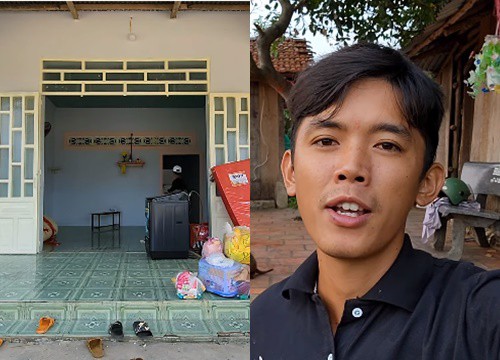
1 | 0 Discuss | Share




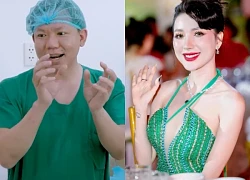
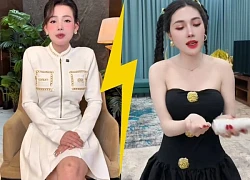


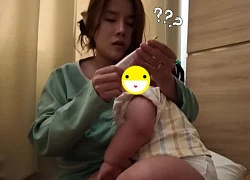

1 | 0 Discuss | Report